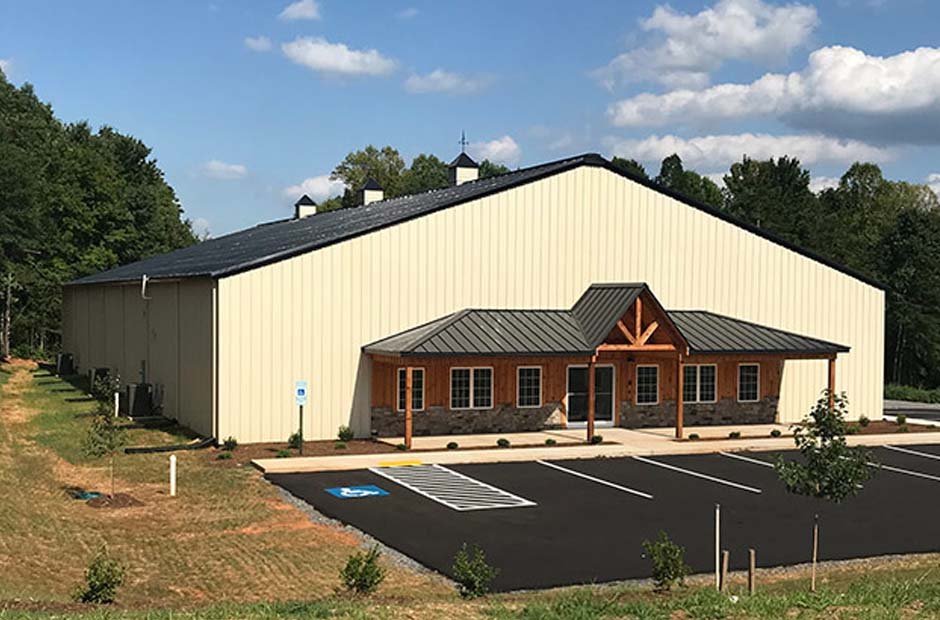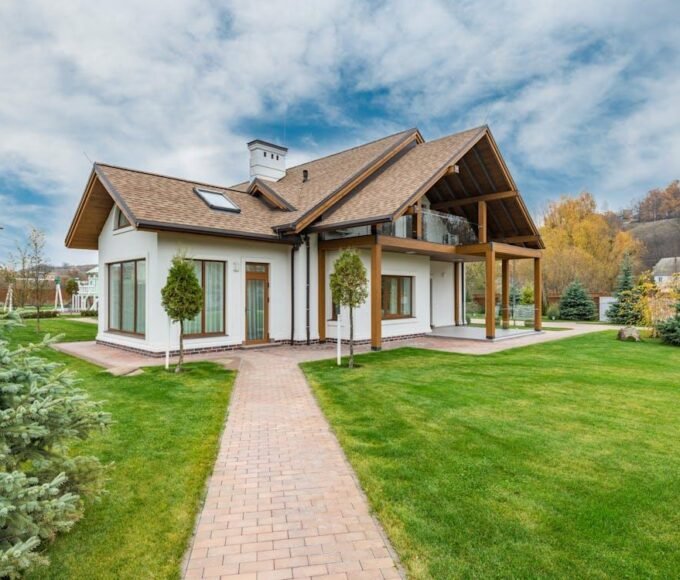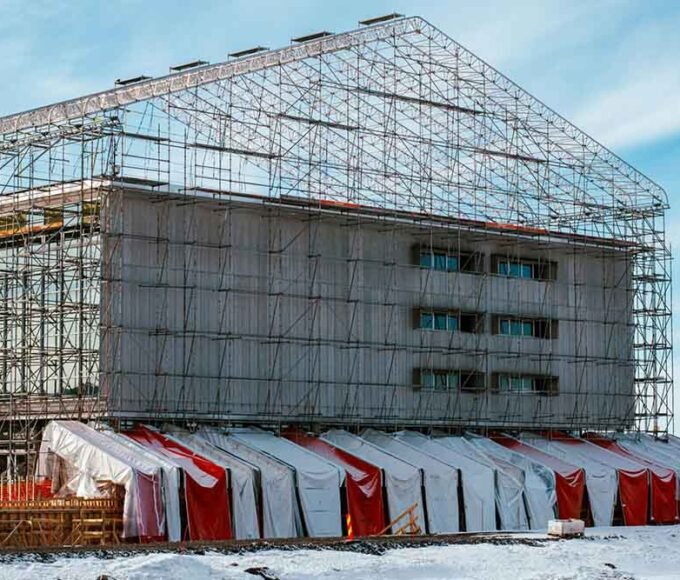Architecture has always been driven by innovation and the quest to push the boundaries of design. In recent years, steel building for commercial use has emerged as a prominent trend in modern architecture. These structures, characterized by their sleek and contemporary appearance, have gained considerable attention and are increasingly being hailed as the future of architectural design. This article explores the reasons behind the rising popularity of these metal commercial buildings and highlights their potential to shape the future of modern architecture.
Versatility and Design Freedom
One of the key advantages of metal commercial buildings is their versatility in design. Crush Architecture Manly leverages the inherent flexibility and design freedom of metal over traditional construction materials like wood or concrete. This allows for the creation of unique, striking structures that mould and shape into various forms, capturing the imagination through innovative architectural designs. From curved facades to intricate geometric patterns, metal commercial buildings offer limitless possibilities in terms of design.
Sustainability and Eco-Friendliness
In an era where environmental concerns are paramount, metal commercial buildings offer a sustainable alternative to traditional construction materials. Metals such as steel are highly recyclable, reducing the need for excessive mining and minimizing waste. Additionally, the use of metal in construction can significantly decrease a building’s carbon footprint. Metal structures are known for their durability, longevity, and resistance to natural disasters, making them an environmentally responsible choice for modern architecture.
Structural Strength and Durability
A steel building for commercial use is renowned for its exceptional structural strength and durability. Metals such as steel possess inherent qualities that make them capable of withstanding extreme weather conditions, earthquakes, and fire. This strength allows for creating large, open spaces without the need for excessive supporting columns, offering architects more flexibility in designing functional and aesthetically pleasing interiors. Moreover, the durability of metal structures ensures that they have a longer lifespan, reducing the need for frequent maintenance and renovations.
Cost-Effectiveness and Time Efficiency
The future of modern architecture lies in groundbreaking design, practicality, and cost-effectiveness. Metal commercial buildings offer significant advantages in terms of construction costs and time efficiency. The lightweight nature of metal reduces the need for heavy machinery and labor-intensive construction processes, resulting in reduced construction timelines and lower overall costs. Furthermore, the prefabrication and modular construction techniques associated with metal buildings contribute to streamlined construction processes and improved project management.
Integration of Technology and Innovation
As technology advances at an unprecedented pace, the future of modern architecture hinges on the seamless integration of innovative solutions. Metal commercial buildings provide a perfect canvas for incorporating cutting-edge technologies into their design. From energy-efficient systems and smart building automation to advanced lighting solutions and renewable energy integration, these structures can be designed to accommodate the latest technological advancements, enhancing the overall user experience and functionality.
Conclusion
The rise of metal commercial buildings heralds an exciting era in modern architecture. Their versatility, sustainability, structural strength, cost-effectiveness, and compatibility with technological innovation make them a promising choice for the future. As architects continue to push the boundaries of design, metal commercial buildings provide a canvas for creativity and innovation. With their striking appearance, eco-friendly attributes, and ability to create functional spaces, these structures are poised to shape the future of modern architecture. Embracing metal as a construction material opens up a world of possibilities and paves the way for a new era of architectural excellence.
In summary, the future of modern architecture lies in the hands of metal commercial buildings, offering a harmonious blend of aesthetics, sustainability, and functionality. With their increasing popularity, these structures are revolutionizing the architectural landscape and are poised to leave an indelible mark on the cities of tomorrow.
















